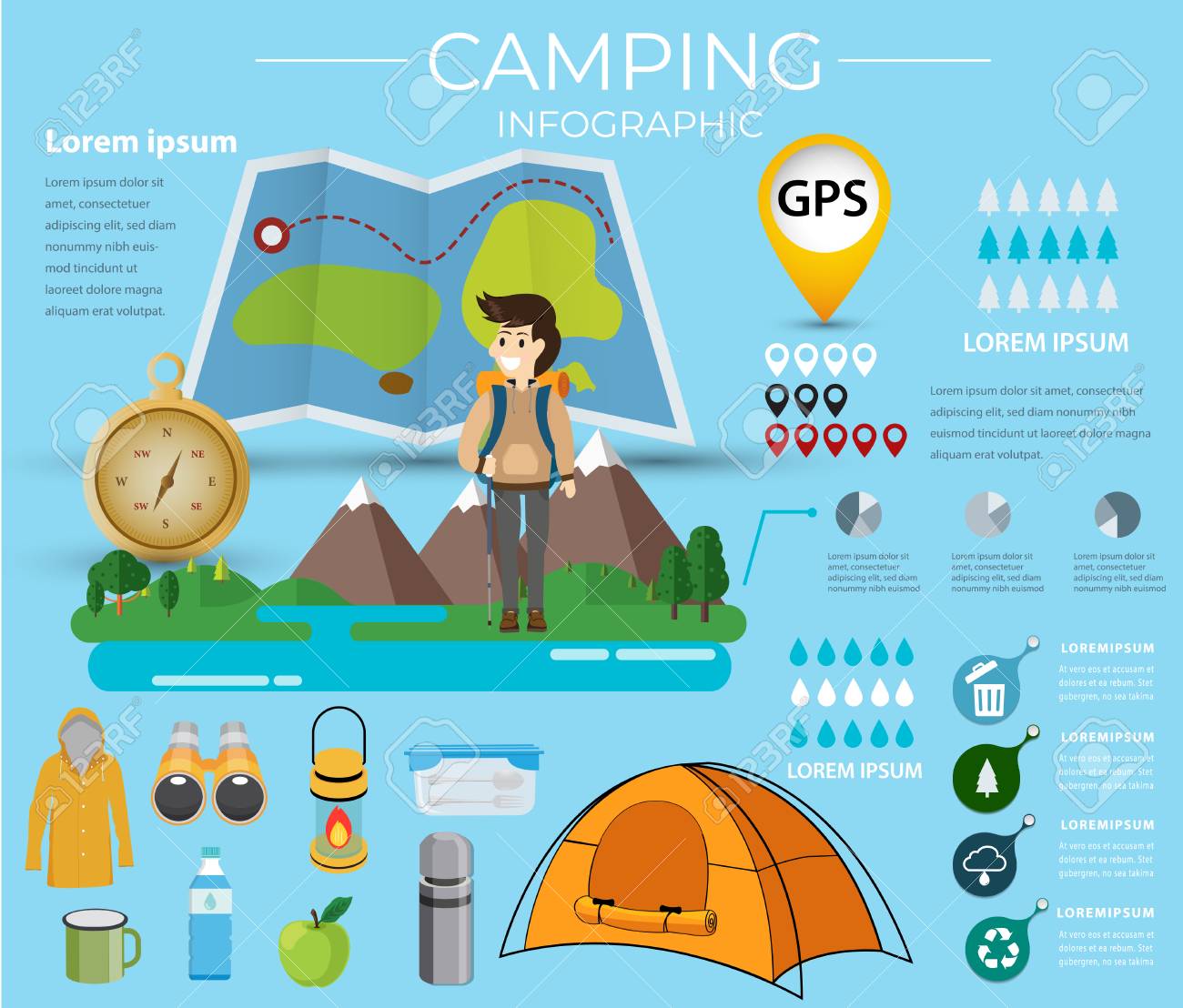A footprint is costly and includes added weight to your knapsack. It also isn't particularly resilient.
How much weight is needed to hold down a tent?
Inevitably, whether or not a tent footprint is required depends upon where and exactly how commonly you're camping. As a whole, it's an excellent idea to use one if you camp on abrasive surfaces or in wet problems.
Outdoors Tents with Reduced Deniers and Waterproof Ratings
Tents with lower deniers and waterproof ratings tend to be lighter, but they can also be more fragile. They may call for even more constant fixings and have much less indoor room than harder designs. If you're a laid-back backpacker who likes to travel fast and light, this might be fine; however, more seasoned hikers know that sacrificing resilience can come with big effects down the route.
The denier and water-proof score of a camping tent's canopy, rainfly, and floor can assist you determine its livability. Look for higher-denier materials on the canopy and rainfly, as well as taped seams that aid stop water from leaking through stitches. Some manufacturers also make use of warmth and sealer during construction to create a stronger joint; these are called bonded joints.
The livability of an outdoor tents can additionally be figured out by its flooring dimensions and capability. A tent's floor need to be slightly smaller than the footprint to stop water from merging under the sanctuary.
Camping Tents in Rough Terrain
Numerous backpacking outdoors tents consist of a footprint designed especially for their version, which aids make sure an appropriate fit and safeguards the tent's base from dampness and sharp items. Other manufacturers market universal footprints that can be cut or folded up to match a camping tent's dimensions.
The sort of surface you'll experience is another crucial consideration for choosing an outdoor tents. For example, if you'll be camping in a canyon or gully, look for a sanctuary that can deal with solid winds. These problems create disturbance that can make the difference in between enjoying your campsite or enduring discomfort.
The capability and peak height of an outdoor tents provide you a great idea of its livability, yet added aspects to think about include vestibules (the area of the rainfly covering the doors) and general storage space. As an example, during our winter months testing of the Marmot Tungsten, its charitable 93-by-82-inch floor conveniently managed four perspiring backpackers and their puffier shoulder tent waterproofing season resting bags while still leaving sufficient area for gear and individuals.
Outdoors Tents in Wet Conditions
Even if your camping tent appears completely dry, moisture prowls in the nooks and crannies. Over time, it can degrade the material. That's why it's so important to capitalize on rest days to deep-clean your outdoor tents and its components, such as zipper cellular linings, stake loopholes and adjustable webbing bands.
Also, make certain to pitch your tent in a level area, not a divot or concave area, so that ground water doesn't accumulate between the outdoor tents floor and impact or tarpaulin. And if you're utilizing an impact, consider a custom-cut one created for your tent's floor plan. It will not collect rain the way a generic ground cloth or tarpaulin can.
Method establishing and taking down your camping tent in the house before you took off, to get a feel for exactly how quickly and successfully you can do it. Also, method staking out your camping tent in various terrains to see exactly how very easy it is (or isn't) to do in bad weather conditions.
Camping Tents in High-Rise Situations
Outdoors tents range in floor dimension and livability. For example, a big outdoor tents with dual doors and vestibules like Marmot's Tungsten can deal with 4 backpackers without requiring gymnastics to enter and out or to save gear.
The minimum route weight requirements is the best specification to contrast models, as it includes the bare fundamentals: outdoor tents body, rainfly and posts. But bear in mind that the specification excludes tent risks, individual lines and things sacks.
Many backpacking camping tents can stand up to a light summer storm, but some can be swept away by gale-force gusts. Search for a design with solid posts, a raised bathtub-style floor and seam taping to minimize the opportunity of water seeping with. More expensive layouts also tend to feature more powerful products that can stand up to the impact of debris and other pressures.
Are poly cotton tents worth the money?
